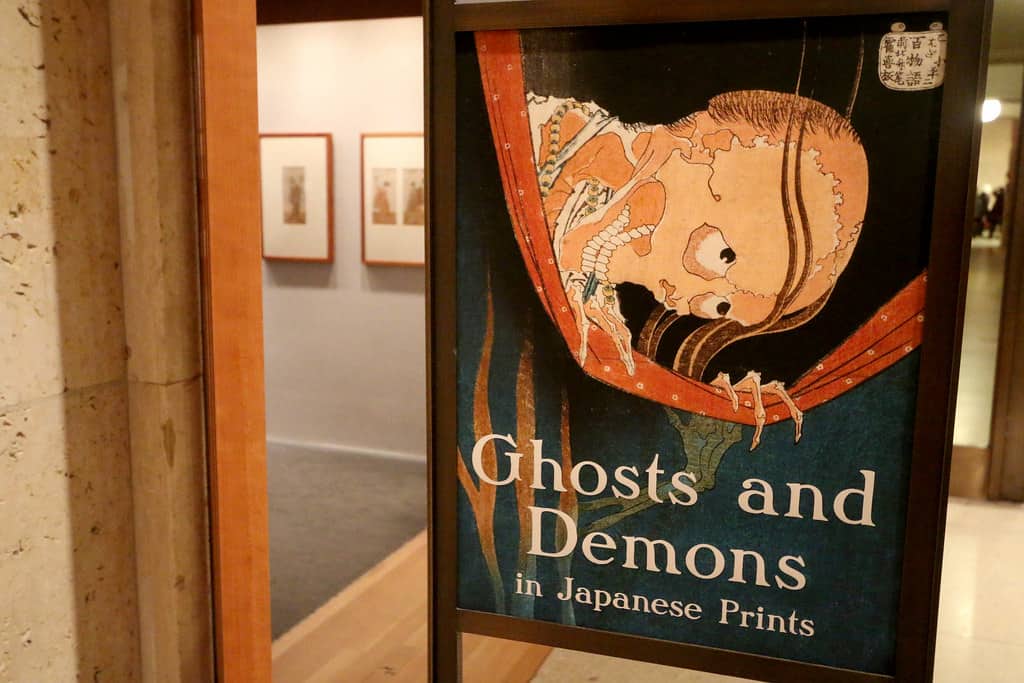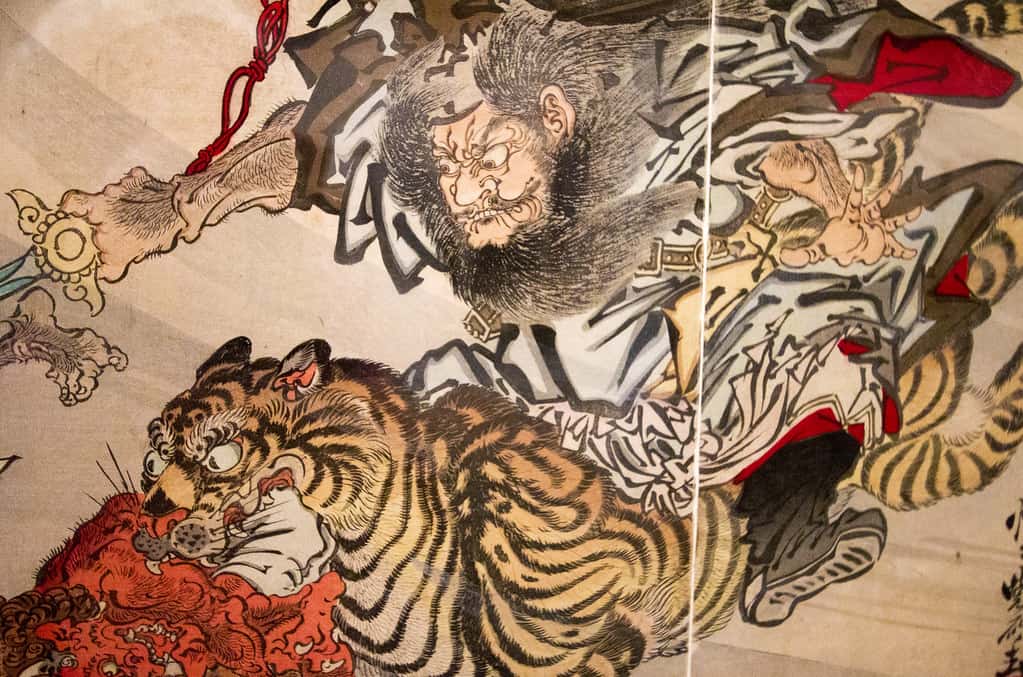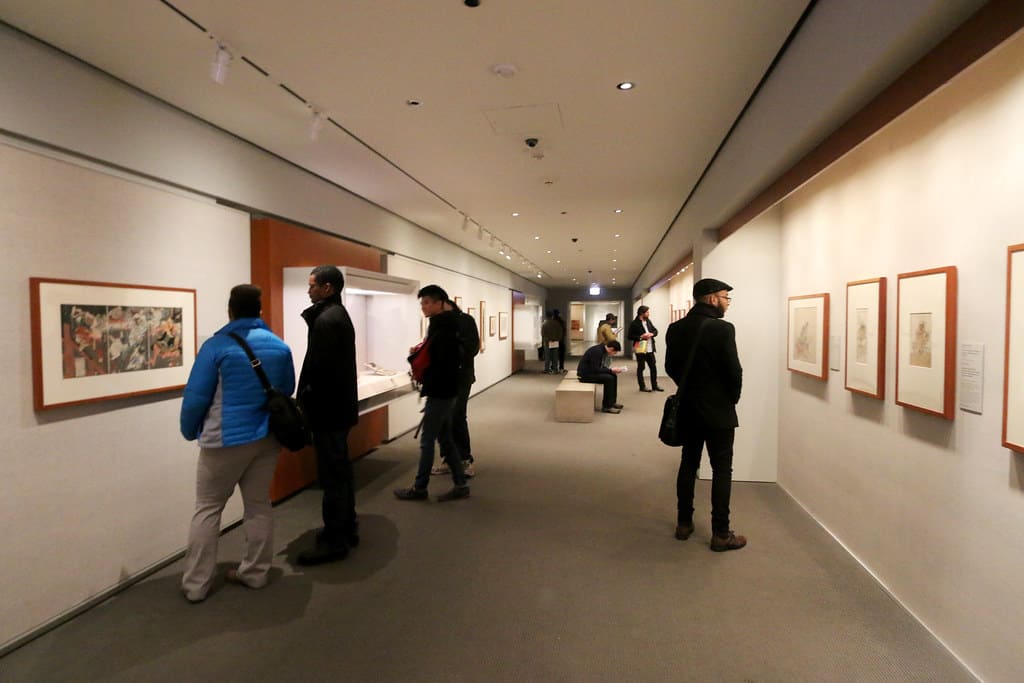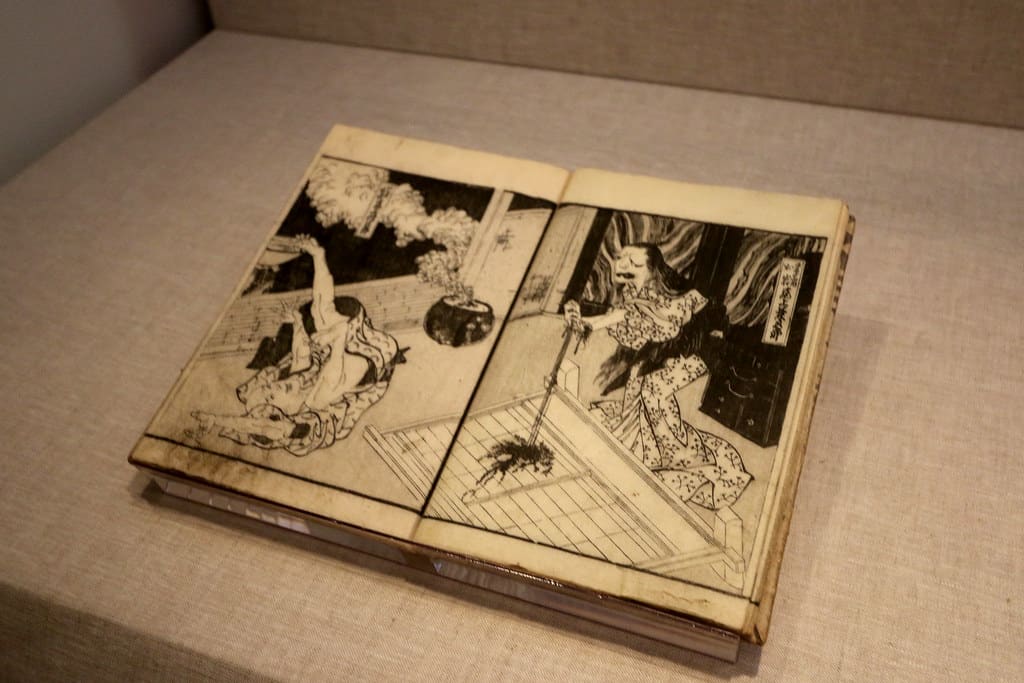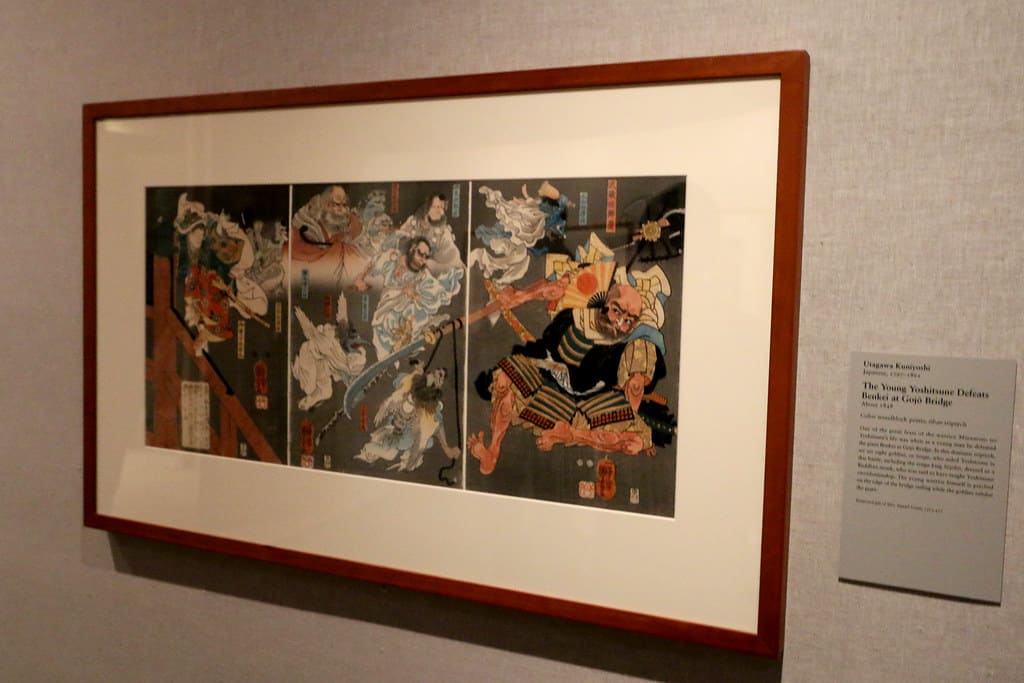#Findingasia
#FINDINGASIA: GHOSTS AND DEMONS IN JAPANESE PRINTS, CHICAGO
Chicago is known for having one of the best art museums in the country, complete with a large Asian art wing. However, from now until January 4th, 2015 guests can enjoy the exhibition Ghosts and Demons in Japanese Prints, which features some of the celebrated collection of Clarence Buckingham.
This special exhibition showcases prints depicting the supernatural, a popular motif in Japanese art.
The belief in ghosts, demons and the supernatural has been deep-rooted in Japanese folklore throughout history. Much of this folklore can be traced back to Japan’s indigenous religion Shinto, which believes that everything possesses a kami (神), or spirit.
Not only does everything have a spirit, but they also have four souls: one which is gentle (和御霊; nigi-mitama), one which is violent (荒御霊; ara-mitama), one which is happy (幸御魂; saki-mitama), and one which is mysterious or wandering (奇御霊; kushi-mitama).
It is because of these different souls that not all demons are considered evil, unlike in Western belief. Demons in Japanese folklore are often depicted as tricksters, playing practical jokes on the living. The use of demons in Japanese art became especially common during the Edo period (1615-1868), which was a way to mock the despotic feudal rule.
Majority of the works displayed in the exhibit are from the Edo period and include pieces from the most famous of Japanese artists, Hokusai (the guy who made The Great Wave of Kanagawa print… you know the one), who was said to be a believer in ghosts.
Hokusai’s Hyaku Monogatari (百物語; One Hundred Stories) is a series of five prints, depicting some of the most famous obake, or ghosts, from Japanese ghost stories.
Hyaku Monogatari was actually a popular game, which also originated in Edo period. To play it, a group of people would sit in a circle with one hundred burning candles in the room some time after sunset. They would take turns telling ghost stories, and after each story they would extinguish a candle.
Of course as it got darker it got a little spookier, but they believed that something terribly frightening would happen once all the candles were out. This game is still featured today in many Japanese anime series.
While the overall exhibition is fairly small, taking place in just one hallway, it’s still worth a look at if you’re going to be in the area. If you miss the exhibition, the Art Institute of Chicago is still a great place to see works of Asian art year-round!
When to visit: Through Jan 4th, 2015
Where to visit: 111 South Michigan Avenue, Chicago, IL 60603
How to visit: El stop at Adams/Wabash on the Brown, Green, Orange, Pink, or Purple line

